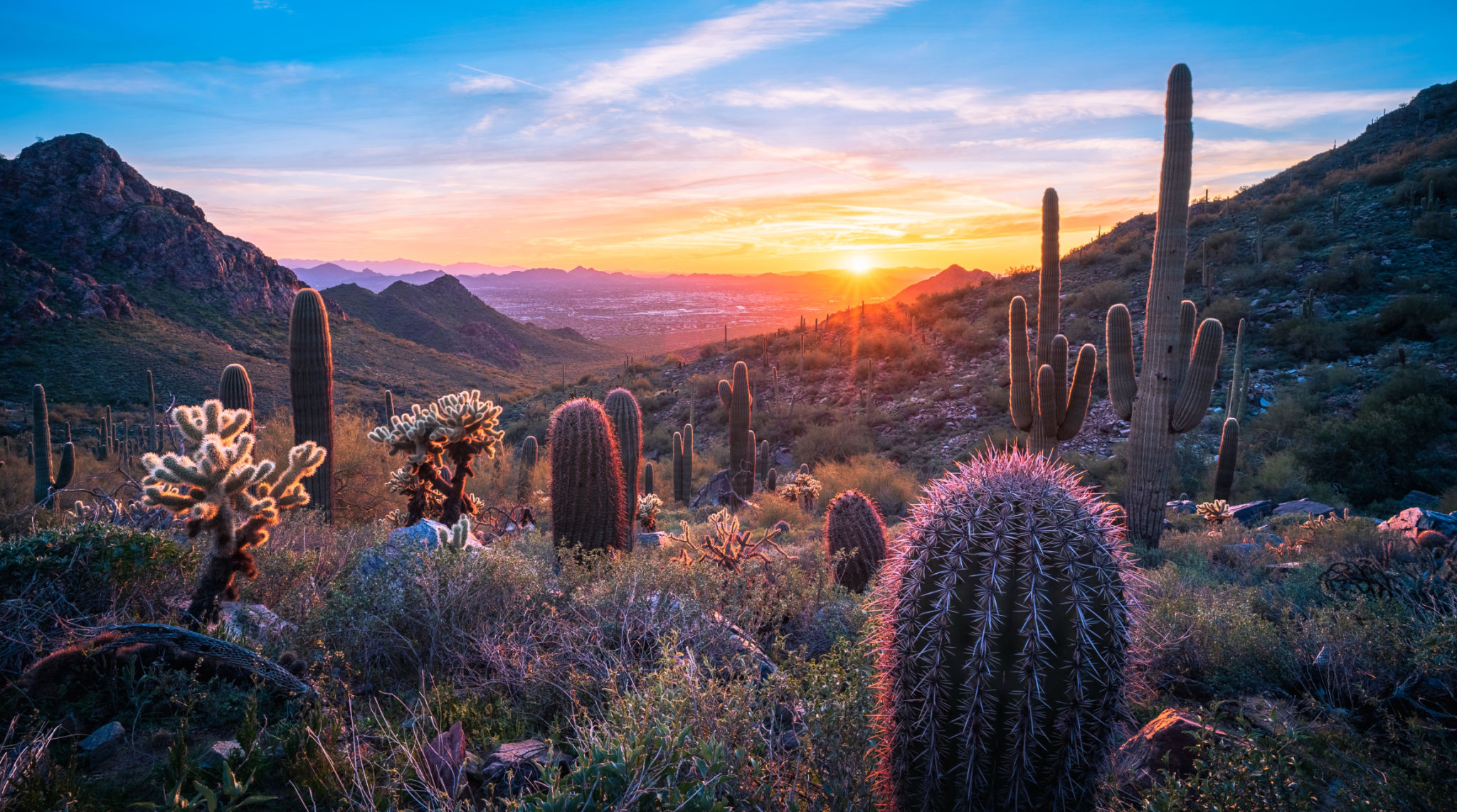Exploring the Impact of Seasonal Changes on Real Estate Photography in Arizona
Understanding Seasonal Variations in Arizona
Arizona, known for its stunning landscapes and unique desert climate, experiences distinct seasonal changes that can significantly influence real estate photography. The state's diverse environment, ranging from arid deserts to lush forests, offers a wide range of opportunities and challenges for photographers capturing real estate in different seasons.
Each season brings its own set of lighting conditions, weather patterns, and natural backdrops. These elements can dramatically alter the appearance of properties and the surrounding environment, making timing and adaptability crucial for capturing the perfect shot.

The Impact of Summer Heat on Photography
Summer in Arizona is characterized by intense heat and abundant sunlight, which can pose both opportunities and challenges for real estate photography. The vibrant sunlight can highlight architectural features, creating striking images with clear blue skies as a backdrop.
However, the harsh sunlight can also cause deep shadows and high contrast in photos. Photographers often need to schedule shoots during early morning or late afternoon to take advantage of the softer light known as the "golden hour." This timing helps in minimizing shadows and reducing glare on reflective surfaces.

Monsoon Season: Embracing the Unpredictable
Monsoon season, occurring typically from June to September, brings unpredictable weather patterns to Arizona. This period is characterized by dramatic skies, vibrant sunsets, and lush greenery, offering unique photographic opportunities that can enhance property listings.
Photographers must remain flexible and prepared to capture fleeting moments when the lighting is ideal. The sudden transformation of the landscape during monsoons can add a captivating element to real estate images, making properties stand out in listings.
Winter and Its Unique Challenges
While Arizona is known for its warm climate, winter brings cooler temperatures and shorter days. In areas with higher elevations, such as Flagstaff, photographers might even encounter snow, which can create picturesque images of properties blanketed in white.
During winter months, the angle of the sun is lower, resulting in longer shadows. Photographers must plan shoots carefully to use the limited daylight effectively. The softer winter light can lend a cozy and inviting atmosphere to interior shots, appealing to potential buyers.

The Role of Spring in Real Estate Photography
Springtime in Arizona is marked by pleasant temperatures and blooming flora, providing an ideal setting for capturing real estate. The vivid colors of wildflowers and lush greenery offer a vibrant backdrop that can make properties more visually appealing.
This season is perfect for showcasing outdoor spaces such as gardens, patios, and pools. Photographers often use this time to highlight the potential for outdoor living, a significant selling point for many Arizona homes.

Conclusion: Adapting to Seasonal Changes
The impact of seasonal changes on real estate photography in Arizona highlights the importance of adaptability and planning. By understanding the unique characteristics each season brings, photographers can create compelling images that resonate with potential buyers.
Whether it's capturing the stark beauty of a summer day or the serene ambiance of a snowy winter scene, leveraging seasonal elements can significantly enhance the appeal of real estate listings. Ultimately, embracing these changes allows photographers to tell a more dynamic story through their images.
